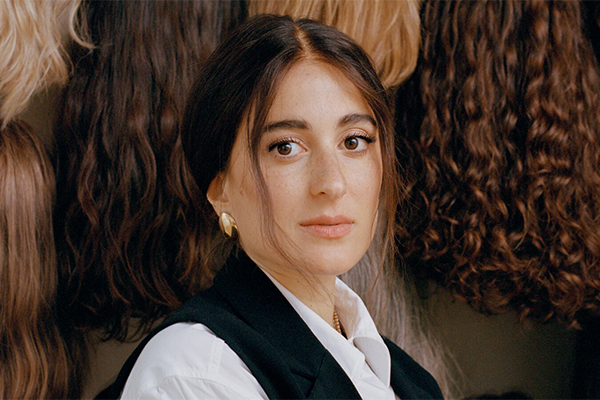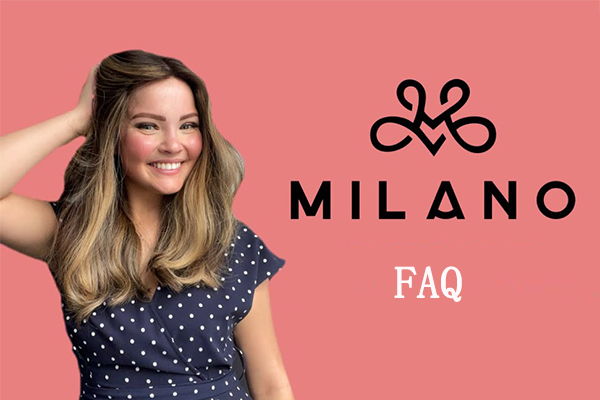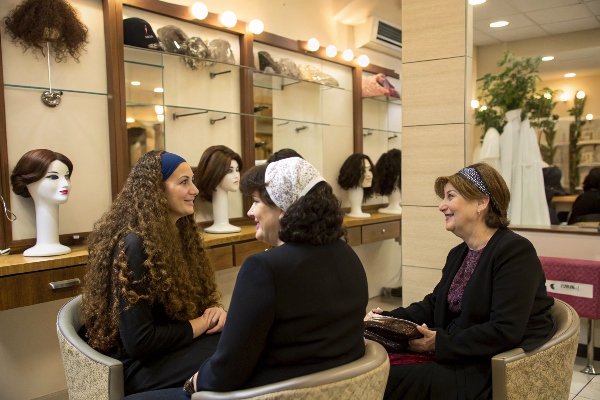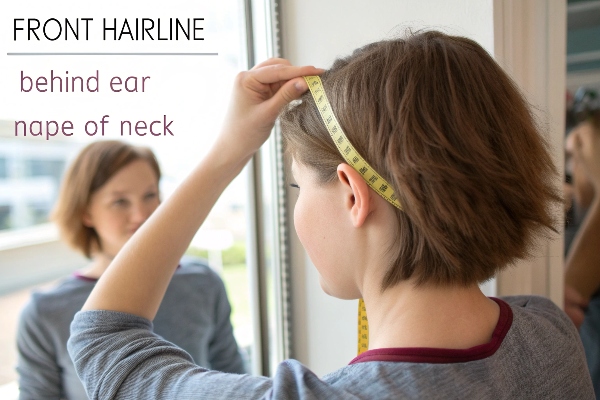Sheitels vary in price. What influences their cost?
A sheitel can range from $500 to $3000, depending on quality, style, and brand. Handmade wigs with natural hair typically demand higher prices due to craftsmanship.
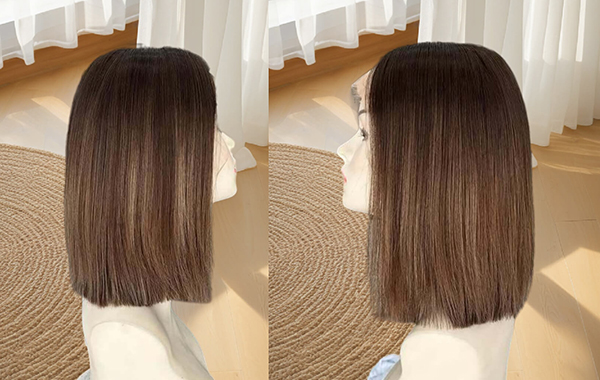
The cost of a sheitel often reflects the meticulous artistry involved in its creation and the materials used. High-quality sheitels not only enhance the wearer’s appearance but also adhere to religious standards of modesty and beauty. Additionally, brand reputation1 can play a significant role, as established brands often charge a premium for their renowned quality. Ultimately, investing in a sheitel signifies a commitment to style, modesty, and authenticity within the cultural framework of the wearer’s identity.
How Long Does a Sheitel Last?
Their longevity depends on care. How long can they last?
With proper maintenance, a quality sheitel can last several years. Regular cleaning and professional styling help maintain its appearance and extend lifespan.
Caring for a sheitel involves not only routine cleaning2 but also proper storage and handling to prevent damage. By investing time and effort into its upkeep, wearers can enjoy the beauty and functionality of their sheitel for an extended period. Additionally, choosing a high-quality sheitel3 from reputable brands contributes to its durability. Ultimately, the lifespan of a sheitel is a reflection of the commitment to both care and the quality invested in its purchase, ensuring prolonged enjoyment and satisfaction.

Do You Think Jewish Wigs Cost Too Much?
Value and affordability vary. Are they worth the price?
While some may view Jewish wigs as expensive, the cost reflects quality materials and skilled artistry. For many, the investment is justified by the durability and authenticity offered.
When considering the price of Jewish wigs4, it’s essential to recognize that higher costs often correlate with superior craftsmanship5 and longevity. These wigs are designed to withstand daily wear, making them a practical investment in the long run. Consumers often weigh the importance of quality against their budget, influencing their decisions. Ultimately, for those who prioritize both style and adherence to cultural values, the financial commitment can be well worth it, resulting in a satisfying and meaningful purchase.
Are Jewish Wigs the Best Quality Products in the Market Now?
Their reputation stands strong. How do they rate?
Jewish wigs, especially sheitels, are renowned for superior quality and authenticity. With attention to detail and premium materials, they represent high-quality craftsmanship in the wig market.
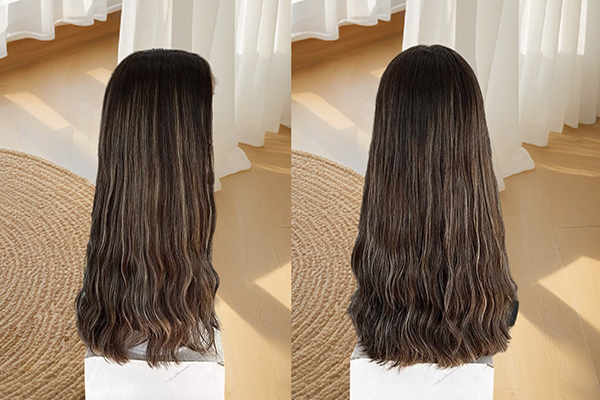
Many customers regard these wigs as some of the finest available, thanks to their meticulous construction6 and realistic appearance. The incorporation of natural hair ensures not only a luxurious feel but also a stunning look that blends seamlessly with the wearer’s own hair. Additionally, the commitment to fulfilling cultural and religious requirements further enhances their value. This solid reputation has attracted a diverse clientele, from those adhering to traditional practices to fashion-forward individuals seeking reliable and exquisite wig options. Ultimately, the combination of artistry, quality, and authenticity sets Jewish wigs apart in today’s competitive market.
What’s the Difference Between a Jewish Sheitel and a Regular Wig?
Specific qualities set them apart. What distinguishes them?
A Jewish sheitel is crafted to meet religious standards, emphasizing modesty and authenticity. Regular wigs focus on fashion and style, without these religious considerations.
The design and materials of a sheitel7 often reflect cultural traditions and personal beliefs, ensuring that wearers feel comfortable and aligned with their values. For example, many sheitels are made from high-quality natural hair8 to maintain a realistic appearance while adhering to modesty guidelines. In contrast, regular wigs tend to prioritize current fashion trends, catering primarily to aesthetic preferences. These distinctions underscore the unique purpose and significance of each type of wig, as a sheitel not only fulfills a role in personal expression but also serves as a meaningful representation of faith and identity for many individuals.
Why Do Orthodox Jewish Women Wear Wigs That Look Just Like Their Natural Hair?
The choice reflects both faith and style. Why this preference?
Orthodox Jewish women wear wigs resembling natural hair to fulfill modesty requirements while maintaining their personal appearance. This practice allows them to adhere to religious guidelines without sacrificing style.
By choosing wigs that closely imitate their natural hair, these women can express their individuality and personal tastes while still respecting their cultural and religious norms. This balance between adherence to tradition and personal expression reflects a deep commitment to their faith and identity. Wearing a wig provides a practical solution to the challenge of modesty9, allowing women to feel confident and attractive in social settings. Thus, this practice embodies a harmonious blend of spirituality and style, enabling Orthodox Jewish women10 to navigate their social lives while honoring their beliefs.
Learn how brand reputation influences pricing and quality in the sheitel market, ensuring you make informed purchasing decisions. ↩
Learn effective cleaning techniques to maintain your sheitel’s beauty and longevity. ↩
Discover why investing in a high-quality sheitel enhances durability and overall satisfaction. ↩
Explore this link to understand the unique benefits and craftsmanship behind Jewish wigs, enhancing your purchasing decision. ↩
Discover why superior craftsmanship is crucial for wig quality and longevity, ensuring you make an informed choice. ↩
Discover why meticulous construction is crucial for wig quality, ensuring durability and a natural look that meets customer expectations. ↩
Explore the rich cultural significance of sheitels and how they reflect personal beliefs and traditions. ↩
Discover the benefits of using high-quality natural hair in wigs for a realistic appearance and comfort. ↩
Discover insights on how modesty shapes fashion across cultures, providing a broader perspective on personal expression and cultural norms. ↩
Explore this link to understand the rich traditions and practices of Orthodox Jewish women, enhancing your knowledge of their cultural identity. ↩

